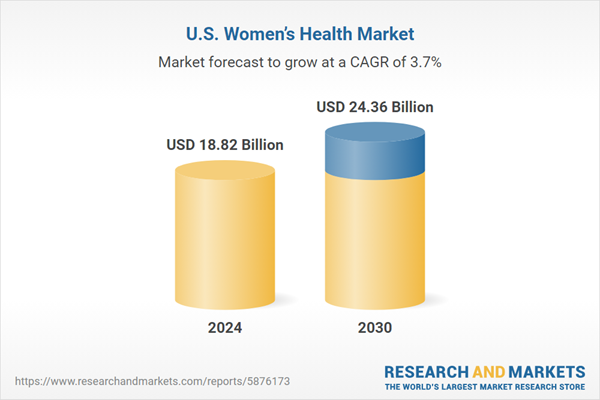The rise in public funding for family planning services is further driving the market growth. In the U.S., approximately 45% of pregnancies are estimated to be unwanted every year. Despite advancements in contraceptive technology and increased R&D spending on contraceptives, the rate of unplanned pregnancies in the U.S. has remained unchanged for decades. This has increased the economic burden on low-income families that do not have easy access to modern and more effective methods of contraception. Hence, federal & state governments are actively working toward improving family planning services and access to modern contraceptives. For instance, in 2019, the U.S. government provided USD 608 million in funding to UNFPA for family planning & reproductive health development.
Moreover, child marriages are most common in underdeveloped and developing economies, often leading to early and unplanned pregnancies. There is a lack of awareness about contraceptives, which amplifies the severity of the problem. According to UNICEF, child marriages decreased by 15% in the past decade. However, the number has not decreased over the years in the U.S. because laws in certain U.S. states allow marriages before 18 years. However, efforts to address child marriage and its impact on women’s health are being undertaken in the country, which involve advocating for policy changes, promoting girls' education, raising awareness about the negative consequences of child marriage, and providing support services for affected girls and women.
Furthermore, key players involved in developing and formulating various therapeutics are focusing on collaborations and partnerships to develop novel drugs and maintain their competitive position in the market. For instance, in October 2022, Solera Health announced the launch of first-of-its-kind digital point solutions for women's Health networks to address women’s health issues needs. Moreover, in November 2022, Sebela Pharmaceuticals announced the launch of a new division fully dedicated to women’s health.
U.S. Women’s Health Market Report Highlights
- Based on drug, the Prolia drug segment held the largest revenue share in 2024 and is anticipated to grow at the fastest CAGR over the forecast period owing to the wide adoption of the drug with very less side effects
- Based on application, the contraceptives segment is expected to showcase the fastest CAGR over the forecast period, owing to an increase in awareness about family planning
- Based on age, the others age segment dominated the U.S. women’s health industry in 2024, due to the rising concerns of fertility, such as endometriosis, hormonal infertility, and PCOS in this age group
- Based on distribution channel, the hospital pharmacy segment dominated the market in 2024 due to the high stock and availability of women’s health therapeutics in the hospital pharmacies
- Key market players are constantly focusing on product launches and geographical expansion to maintain their presence
Why should you buy this report?
- Comprehensive Market Analysis: Gain detailed insights into the global market across major regions and segments.
- Competitive Landscape: Explore the market presence of key players worldwide.
- Future Trends: Discover the pivotal trends and drivers shaping the future of the global market.
- Actionable Recommendations: Utilize insights to uncover new revenue streams and guide strategic business decisions.
This report addresses:
- Market intelligence to enable effective decision-making
- Market estimates and forecasts from 2018 to 2030
- Growth opportunities and trend analyses
- Segment and regional revenue forecasts for market assessment
- Competition strategy and market share analysis
- Product innovation listing for you to stay ahead of the curve
- COVID-19's impact and how to sustain in these fast-evolving markets
This product will be delivered within 2 business days.
Table of Contents
Companies Mentioned
- AbbVie, Inc.
- Bayer AG
- Merck & Co., Inc.
- Pfizer, Inc.
- Teva Pharmaceutical Industries Ltd.
- Agile Therapeutics
- Amgen, Inc.
- Apothecus Pharmaceutical Corp.
- Eli Lilly and Company
- Ferring B.V.
Table Information
| Report Attribute | Details |
|---|---|
| No. of Pages | 130 |
| Published | November 2024 |
| Forecast Period | 2024 - 2030 |
| Estimated Market Value ( USD | $ 18.82 Billion |
| Forecasted Market Value ( USD | $ 24.36 Billion |
| Compound Annual Growth Rate | 3.7% |
| Regions Covered | United States |
| No. of Companies Mentioned | 10 |









